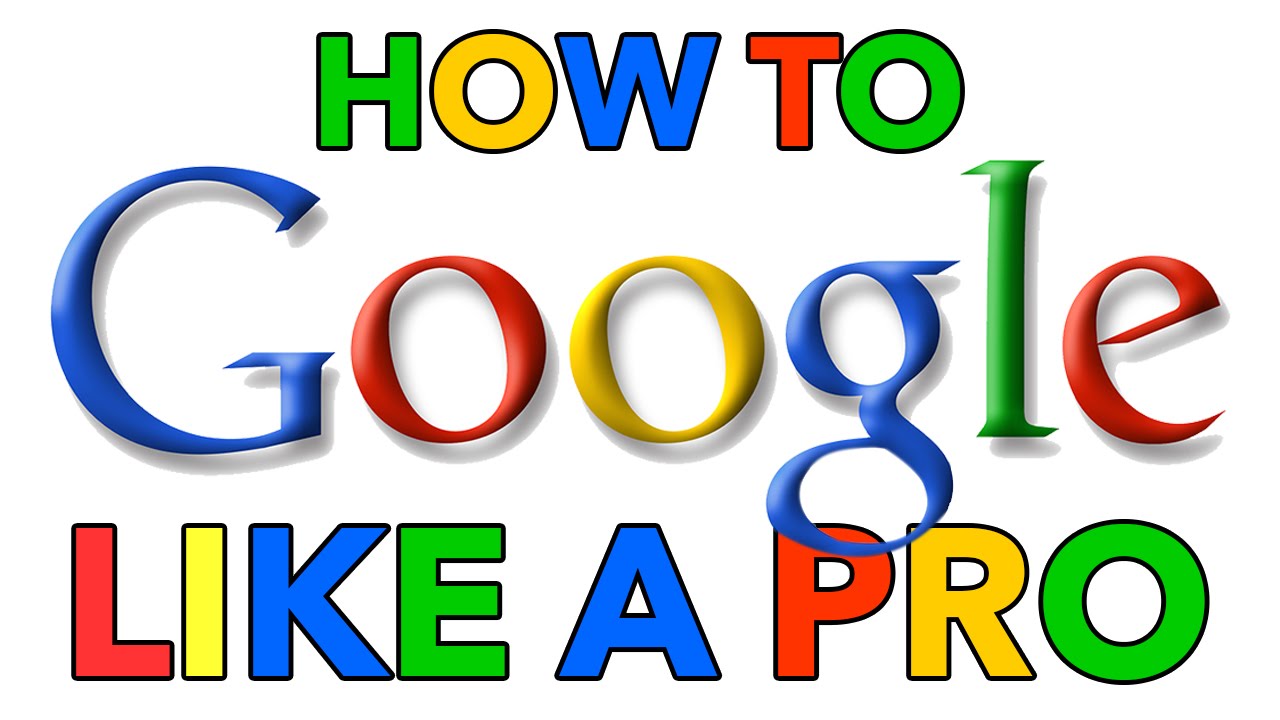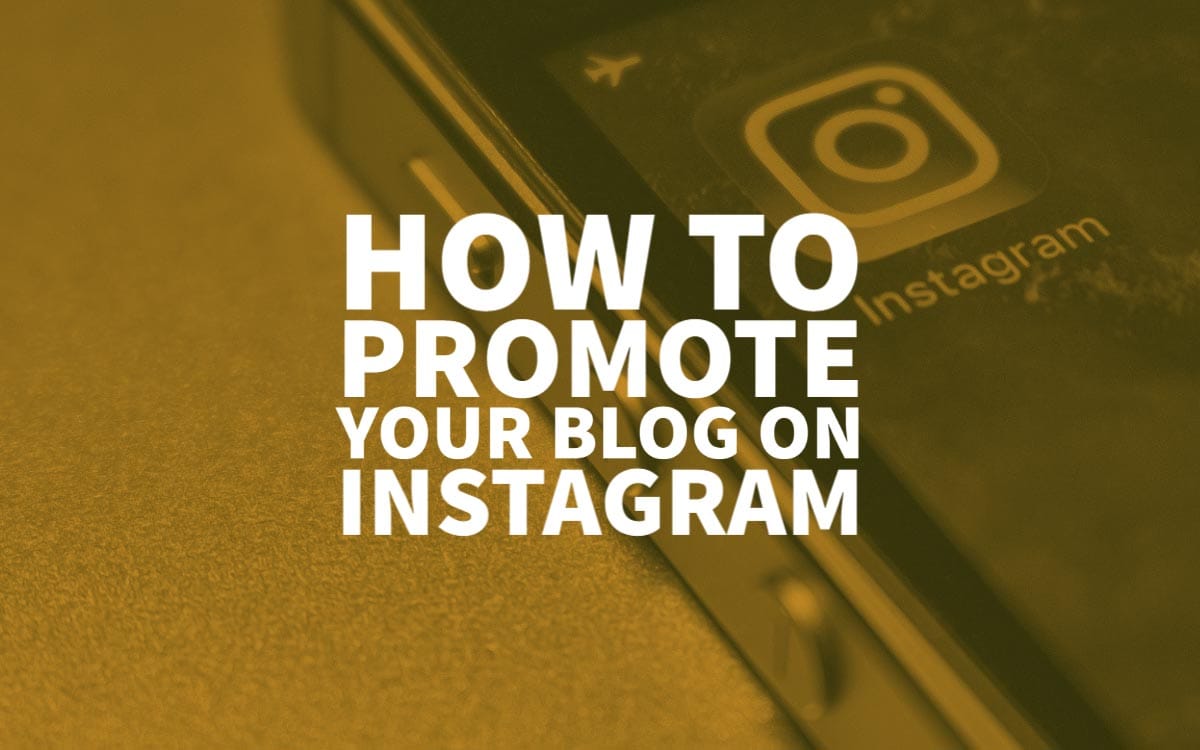
Clarins is an example of a brand using native advertising to its advantage. It uses content like influencer-generated content, product landing pages, and questionnaires to target a particular demographic. It does not appear too promotional but highlights its plant-based components and college-saving plans. This campaign is available on both Newsmax and Revcontent networks. The native advertising example is similar to the one before, but it differs in many ways.
Home Depot's native advertising
One way to get a local ad in your area for a home-improvement retailer is to work with a well-known lifestyle blog. Apartment Therapy blogs are a popular blog that caters to home decor. Home Depot collaborated to create an interactive redesign for each room. Click on a room to see what furniture pieces are available. Home Depot has turned shopping into a joy with interactivity.

Taco Bell's taco-face filter
A successful native advertising campaign can be seen in the taco-face Snapchat filters. This sponsored filter has received more than 249 million views in a single day and has a replay potential of 12.5 year. Taco Bell did not disclose the amount it paid for the filter. However most brands are willing pay approximately $750,000 per second for 30-second ads during big events. A 30-second Super Bowl advertisement costs on average $8.68 per sec. Even though the tacoface filter is clever, it's far less effective than other taco marketing strategies.
Michelin tire advertising by Outbrain
Outbrain has created a new Michelin tire advertising spot that will air Sunday on FOX. "I Need You", the campaign highlights Michelin’s commitment for drivers around the globe. Each ad shows a different driver, and highlights the benefits of Michelin tire. Check out the Michelin tire ad! Click here to find out more about the Michelin campaign.
Beats by Dre - Beats by Dre
Look no further than Beats by Dre for a demonstration of the power native advertising has. Beats by Dre collaborated with Kevin Garnett in November 2013 to release "Hear What You want," a music clip featuring the star deflecting media critics and vicious Knicks fan shouting. Beats began seeding its products with popular artists as a result of the ad's success. Beats headphones are now ubiquitous and can be found everywhere.

HarperCollins HarperCollins
HarperCollins provides a nice example of native advertising that explores the concept "sponsored content." The story about the new book is told through a sponsored content box. It pokes fun at the sponsorship model. The story also includes a endorsement from a fictional editor. Despite the controversial nature of this native advertising strategy, it is an effective way to increase brand exposure for a high-profile company.
FAQ
What is advertising's basic purpose?
Advertising is more about connecting with customers than just selling products.
Advertising is all about communicating ideas and values with people who are already interested. Advertising is about changing minds and attitudes. It's all about building relationships.
It's all a matter of making people feel good.
You can't sell to your customers if you don’t know their needs.
It is essential to first understand the needs and purchasing habits of your customer before you embark on any advertising project.
Then you can design ads that will resonate with them.
What should you know about radio advertising
It is important that you understand the differences between media. Remember that media can complement each other and are not necessarily competitive.
Radio advertising can be extended to television. Radio can complement TV advertising by reinforcing key messages, and providing additional information.
Radio listeners often find TV commercials too lengthy. Radio ads are generally shorter and less expensive.
What do you need to know about print advertising?
Print advertising can be a powerful medium for communicating with customers. Many companies use print advertising to promote their products. The key objective is to capture the attention of the consumer.
Print ads are typically short (1 page) and usually include text, photos, logos, or other graphics. They may also include sound, animation, video, and hyperlinks.
Here are the main types and classifications of print advertising:
1. Brochures: These large-format printed pieces are meant to draw customers into stores. They are often filled with colorful images and catchy designs.
2. Catalogues: These are smaller versions or brochures. These are typically sent to customers who ask for specific information.
3. Flyers – These are tiny pieces of paper distributed at events like concerts or fairs. These flyers are usually free, but they must be purchased if given to retail outlets.
4. Flyers are also available in posters. They are displayed on walls, fences, and buildings. They are usually created using computer software programs designed to catch passersby's attention.
5. Direct mail - This refers to letters or postcards mailed directly to potential customers. These are sent to customers periodically by businesses to remind them about their business.
6. Newspaper Ads - These advertisements are found in newspapers and magazines. They are usually very long and contain text and images.
What is the best way to learn about television advertising?
Television advertising is an extremely effective medium for reaching many people at once. It was also extremely expensive. But if you use it correctly, it can be extremely powerful.
There are many different types of TV ads, but they all have certain common characteristics. The first thing to remember when planning any type of TV ad is to ensure it fits into its category. Don't confuse a lifestyle ad with a product advertisement if you are running a commercial. Your message should stay consistent throughout the campaign.
Second, prime-time hours are the best times to air your ads. This is because the majority of viewers will watch TV while they relax in front a set. They should be able to concentrate on what you are saying.
Finally, just because you've a lot of money doesn't mean you'll get great results. It may be the reverse. According to a University of California study, commercials that aired on popular TV shows had lower sales than those that aired on unpopular programs. It is important to do the right thing if your TV advertising budget is large.
What is an advertising campaign?
Advertising campaign refers to a series of advertisements intended to promote a product. It can also refer entirely to the production of such ads.
The Latin word for selling is "ad." The first known use was by Marcus Terentius Varro (116-27 BC), who used it as a verb meaning "to make a sale."
Advertising campaigns are often carried out by large agencies or companies. Many media types can be used in these campaigns, including television, radio and print.
Advertising campaigns typically last for several months and have specific goals. Advertising campaigns can have different goals. Some are focused on increasing sales while others generate awareness.
Why use social media for advertising your business?
Social Media Marketing (SMM), allows you reach customers wherever they are on social media networks like Facebook, Twitter and LinkedIn. These networks can be targeted with keywords.
This advertising strategy is cost-effective as it costs less than traditional methods to market online. This allows you to establish strong relationships with current and future clients.
It is simple to get started using social media for your business promotion. All you need is access to the Internet and a smartphone.
What is an advertising buyer?
An advertiser can buy advertising space in TV, radio, or print media.
An advertiser pays for the time they want their message to appear.
They don't necessarily want the best ad, but they are more interested in what is most effective at reaching their target audience.
The advertiser may have specific demographic information about their potential customers, such as age, gender, income level, marital status, occupation, hobbies, interests, etc.
This information can be used by advertisers to decide which media works best for them. Direct mail might be more effective with older customers, for example.
Advertisers also look at the competition. Advertisers might place their ads near similar businesses if they see them.
Advertisers must also take into account the size of their budget as well as the time it will take to spend the money before it expires.
Statistics
- This means that at least 50% of an ad needs to be shown on the screen for at least one second. (quicksprout.com)
- Advertising spending as a share of GDP was about 2.9 percent. (en.wikipedia.org)
- Nonetheless, advertising spending as a share of GDP was slightly lower – about 2.4 percent. (en.wikipedia.org)
- Google will display whichever ad type (CPM or CPC) is expected to earn more revenue for the publisher, which is in Google's best interest since they take a 32% share of the revenue. (quicksprout.com)
External Links
How To
How to advertise on Facebook
Facebook is one of most widely used social media platforms. It has been estimated that around 1 billion people use Facebook every month. This makes Facebook one of the largest companies in the world. Facebook's unique features such chat, video calling, games and others are why it is so popular. With a Facebook account, users can post photos, comment, send messages and play games. Facebook also offers the opportunity for businesses to market themselves by placing advertisements. These advertisements can include text ads, banner ads, sponsored stories, promoted posts, and many others.
Facebook advertising comes in two forms. Advertising on Facebook can be paid for. Another option is to use free advertising. We'll show you how to do this.
How to advertise on Facebook through paid options
Paid advertising on Facebook involves paying Facebook for each impression. You can pay monthly or annually. Facebook offers various forms of paid advertising. These include:
Text ads – These ads are very similar to regular text ads. These ads are not displayed next to newsfeed articles but appear above or beneath the feed.
Banner ads, which are large rectangle images that cover a whole page, are often large. They are usually used to advertise a particular offer or product.
Promoted Posts - Similar to regular posts, they appear at the top of the newsfeed. Businesses often use promoted posts to promote their products.
Sponsored Stories – These stories are short and relevant that appear at top of users' feeds. These stories can be paid for by brands or businesses that want to reach potential clients.
How to use free advertising
Facebook offers free advertising. This is done in the same way as regular Facebook. These include Banner ads and text ads.
However, free advertising cannot be used to create a customized audience. This is unlike regular Facebook. You can only target people based on age, gender, location, language, interests, and relationship status.
How to get started advertising on Facebook
First, sign up for a Facebook account if you are interested in advertising on Facebook. Then you will be able to access all the tools available. These are the steps you need to follow in order to create an account.
-
Click "Create a new ad set."
-
Enter a name for your ad set.
-
You can choose the type advertisement you want to place (textual, image or video).
-
Pick the areas you want to target.
-
The budget amount should be established.
-
If you use Facebook Audience Network select it from drop-down menu.
-
Click "Next Step."
-
Click "Review & Continue".
-
You can review your selections before you click "Continue".
-
Provide any additional details.
-
Click "Save changes."
-
Do not start your campaign until the expiration date of your ad campaign.
-
Once your campaign has ended, click "View Ad Statistics."
-
Check the results of your campaign.
-
Continue to repeat steps 13-16 until your business has the right settings.
-
Advertise today!